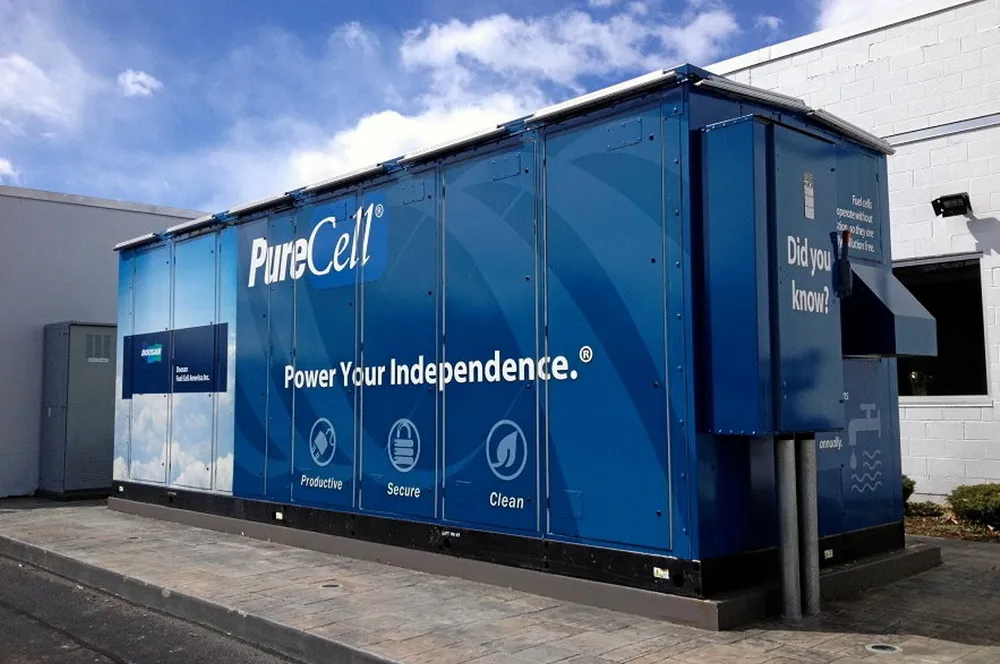South Korea passes 1GW of hydrogen fuel cells installed for power, but 'market not gaining momentum'
Manufacturing plant expansions exceed the capacity bid into government auctions

Manufacturing plant expansions exceed the capacity bid into government auctions
